Loyal Not Only to Arthur: 3 Greatest Knights of All Time
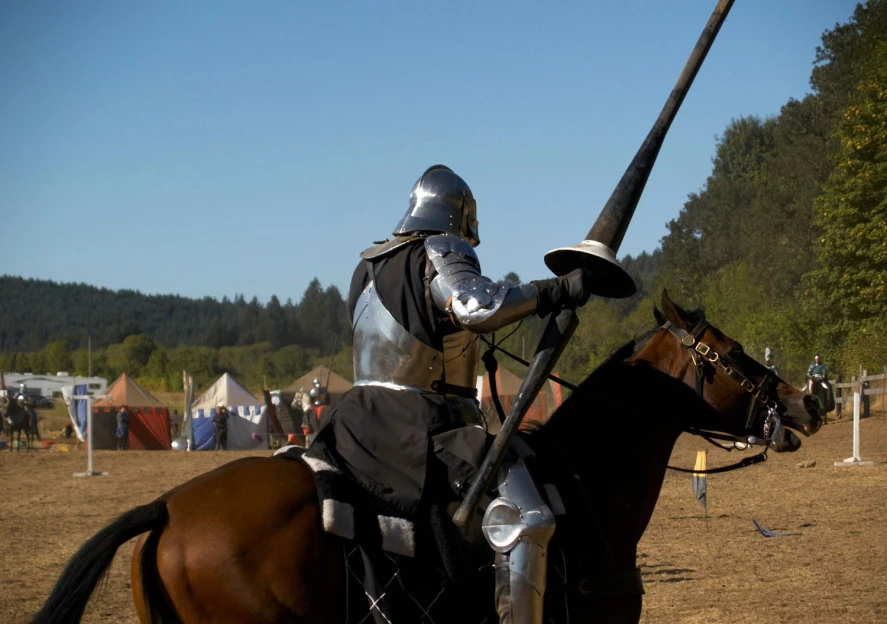
Contents
The Beginning of the Knights’s Tale
Where and when the first knights appeared is a question that remains shrouded in mystery until today. If we understand knights as mounted warriors in the heavy cavalry, we can search for their origins in the Ancient Rome.
This is where the concept of high-ranking group of mounted warriors (Ordo Equestris) begins to appear and build reputation. Likewise, members of some Germanic tribes, such as the Ostrogoths, were also known to produce skilled horsemen.
However, the beginning of knights is commonly considered to be the era of Charlemagne (748? - 814), who gathered a small group of warriors (also called paladins) around him. Paladins were held in great esteem and possessed sufficient wealth to be able to afford expensive armour and a reliable horse.
DID YOU KNOW... the code of chivalry expected knights to be skilled in battle, loyal to their lord, live in harmony with the other inhabitants of the land and be courteous to ladies?
In the following centuries, knighthood experienced an unprecedented boom and the ranks of its followers grew significantly. Which of the knights left the biggest mark?
1. Galahad
Galahad might only have existed in the legends about Arthur and his Round Table. However, he was a role model and inspiration for many medieval knights.
Galahad was the son of the famous knight Lancelot, whose honour was tarnished in Arthurian legends because of his love affair with Queen Ginevra. His descendant, however, knew little of his father's actions: he grew up in a monastery, far away from the intrigues of the court.
Upon reaching adulthood (according to medieval customs, a person was considered an adult after the age of 15), Galahad met his father in person. After defeating him in a fair duel, he became a knight and was brought to serve at King Arthur's court.
Upon seeing the famous Round Table, Galahad noticed a vacant seat. He was told that the unused chair can only be used by the person who succeeds at finding the Holy Grail. The prophecy turns out to be true: after many adventures, Galahad becomes one of the chosen ones who eventually gets to see and carry the Holy Grail.
DID YOU KNOW... That there was a 2001 comedy film based on the mythical Black Knight, who also appeared in one of the Arthurian legends? The main protagonist (Martin Lawrence) accidentally finds himself in the Middle Ages, where he leads a rebellion against a tyrannical king. New friends and stories featuring Black Knight help him succeed in his mission.
2. Rodrigo Díaz de Vívar (El Cid)
El Cid (1040-1099) was a Castilian knight and warlord who conquered Valencia in the 11th century. His life, heroic deeds and unwavering loyalty to King Alfonso VI are recounted in a heroic epic that first appeared in the 12th century.
The so-called ‘Song of the Cid’ praises the deeds of a hero whom the author considered a paragon of chivalric virtue and a brilliant strategist. After Cid succeeds in driving the Moors out of Zaragoza and eventually other surrounding towns, he regains the king's previously lost favour and the previously confiscated possessions and begins a new chapter of his life in Valencia.
He is one of the most famous medieval knights of all time. Cid's story was especially inspiring for people living in his era as well as later generations, because some versions of his story claim he was not born into an aristocratic family, but worked his way up. His courage and skills helped him achieve military success and recognition throughout Spain. You can check out the Figure of Knight Cid in our e-shop.
Source/author: Leftpinkytoe
3. Richard Lionheart
Richard (1157-1199) was the son of King Henry of England and Eleanor of Aquitaine. He spent his childhood on the continent, in Anjou, France, which was then the centre of his parents' empire. In addition to his talents as a warrior, he also displayed artistic abilities in his youth, reportedly composing several songs of praise himself, following the example of the troubadours.
Richard's greatest achievements by far were on the battlefield, although his honest intentions can be doubted. At a young age, he and his brothers plotted a rebellion against their father. To achieve their aims, the young rebels even allied themselves with the French king Louis VII. (1120? – 1180). The betrayed father eventually had to give in to their demands, but he did not reconcile with Richard for the rest of his life.
Shortly after his coronation in 1189, Richard accepted the Pope's calling and set out on a crusade to the Holy Land. His deeds made him famous far and wide, especially abroad, because he barely ever resided in his own home country.
However, this did not stop him from leaving many marks in the medieval English literature and history. He never ceased to amaze his contemporaries even after his death. According to some chronicles, his heart was unnaturally large in size. Like the heart of a lion. Hence the origin of his nickname: Lionheart.
DID YOU KNOW... that stories about brave knights win the heart of not only many ladies, but also many young boys? If you also have an aspiring knight at home, you can get him a knight costume or perhaps a child's wooden sword, which will help him turn into a knight, at least for a brief moment!
Fancy a Mounted Knight on Your Shelf?
We have something for adult admirers of medieval history and battles as well. Choose your favourite knight figure for your collection!
Decorative statuettes of knights will look great in any interior and will remind every visitor of the magnificent past.

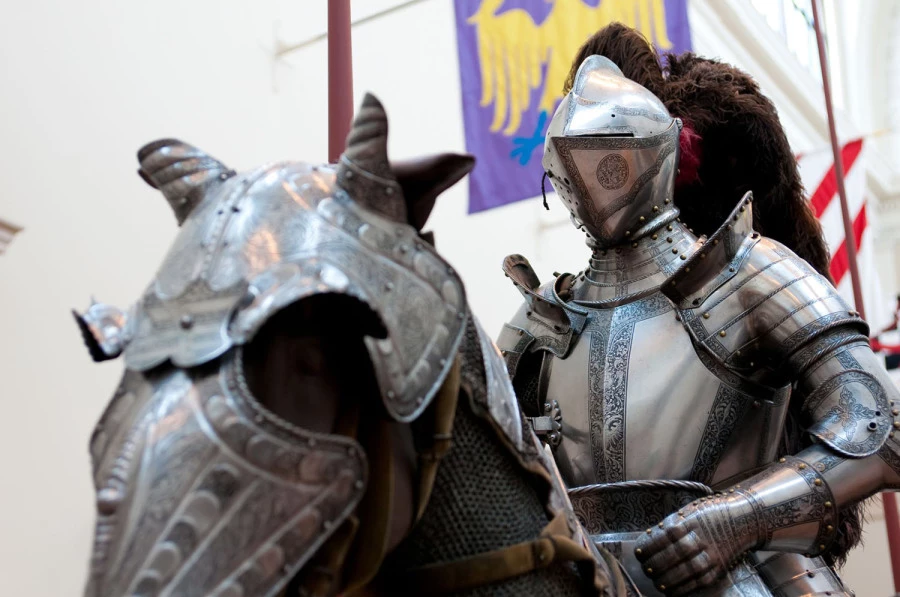
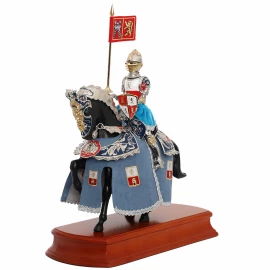
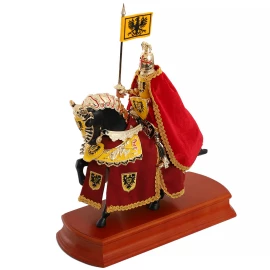
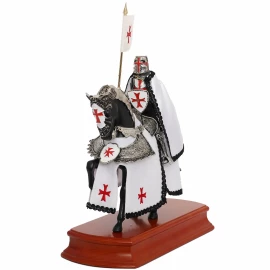
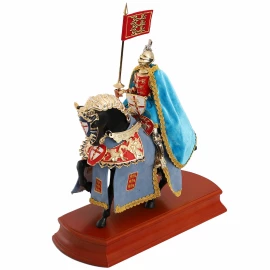
Comments